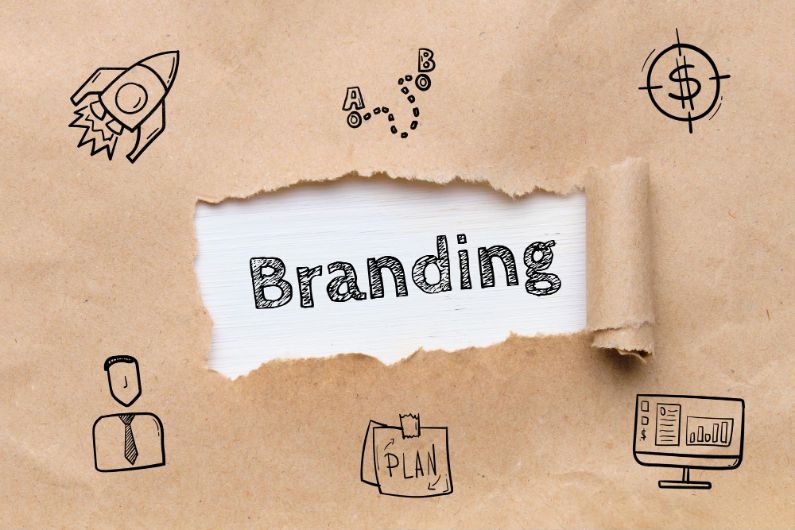When accessing an international Virtual Data Room as part of a merger or acquisitions project, you will most likely be dealing with hundreds of documents, possibly in a language your team is not able to understand.
It is common that, in the complex procedures involved in negotiating a merger or acquisition, companies overlook or fail to provide for translation costs, resulting in last-minute budget issues that could have otherwise been avoided.
To give you an idea, you could be looking at upwards of 200,000 dollars for a translation project of around 500 documents.
If you are naturally looking to streamline costs whilst still getting a thorough, punctual translation service, it is always a good idea to work alongside a certified translation service provider with whom you may consider the following steps and procedures:
M&A Translation: Often a Question of Cutting Costs and Saving Time
In order to save time and money, the best method of translation management for mergers and acquisition is the following:
- Machine translation of all suitable documents, including filenames
- Triage and classification of corporate documents to determine which texts, if any, have priority
- Speedy human post-editing of the machine translations, as required by the due diligence team
- High-quality human translation of your choice of priority documents
Triage and Machine Translation
Out of so many documents, it is important to gain a quick overview to understand which of the texts require your immediate attention.
Instead of translating all texts (an expensive and time-consuming option), it is most effective to contract the services of a professional project manager who will handle your translation project with care and review the set of documents involved.
Your assigned project manager can machine translate the entire content of the VDR including filenames, producing a medium-quality automated translation allowing you to identify those documents where you will require accurate, human translations.
A certified translation team will be able to scan and machine translate your documents much more efficiently and at a minimal cost.
They also have the tools and translation memories to guarantee a level of comprehension far beyond your usual Google Translate copy-and-paste.
Is Machine Translation the Best Choice for Your Scanned Documents?
If you are working with a PDF, this may present issues for machine translation.
PDFs can be divided into photographic scans – on which machine translation will not work – and machine-editable documents. If you select text from a PDF and copy it into a word processor, then it can be fed through machine translation.
If not, however, you may be facing extra costs to convert these files into a format suitable for automatic translation.
To avoid these costs, you can machine translate them as is, but there will inevitably be a decrease in quality.
To optimize the OCR process, you may require someone to fix the errors at a cost per page. These matters can be discussed with your assigned project manager to decide what options are best for you.
Post-edited Machine Translation (PEMT)
If you have gone through this process and have selected which documents are of most use to your business, then you can move on to the next stage of quality.
Once you’ve selected the documents for which you will require a more precise translation, they can then be passed on by your project manager to a certified language professional who will carry out Post-Edited Machine Translation.
This involves a native translator editing the target text to eradicate any major errors and ambiguities, providing you with a basic, clear translation allowing you to proceed to the next step.
If after having read these clarified documents, you decide that some are of increased importance and require a high-quality human translation, then you can make the informed decision to invest in higher quality.
Professional, One-Pass Human Translation
For some documents, PEMT will not quite do the job. This is when it becomes necessary to pass your documents directly to a professional, native translator.
They will provide a quick but complete translation of the documents, focusing primarily on accuracy. To save you time and money, the translation will be passed immediately from the translator to you, the client.
Discounts for Repetitions Within Your Documents
Repetitions of phrases or partial phrases in your documents mean less work for the translator, so less expenditure for you.
Many major companies and multinationals fail to take this into account when considering their translation budget, but repetitions could cut your costs by more than a third.
This is one of the areas in which a professional language service provider can help you.
Your assigned project manager will analyze your merger and acquisition documents for repetitions to provide you with the most economical solution.
Publication Quality – The Best Outcome for Your Business
If you require a fluent, fully executed M&A translation, your final step would be to request a “publication quality” translation.
This means that the target text is exact, with the style and language nuances preserved in the target version, which should ideally read not as a translation but as a piece of writing in its own right.
This option is best suited to customer-facing documents, marketing, or contracts.
Although you may not require this service for due diligence, you may wish to consider it for contract and agreement translations.
Interested in saving money and time for your business? Look no further than BeTranslated, your official language service partner for all your merger and acquisition translation needs.
Experts in legal translation, we are more than happy to help you manage your M&A project.
Get in touch for a free quote, or send us any questions you may have on our rates, turnaround times, or translation process.





